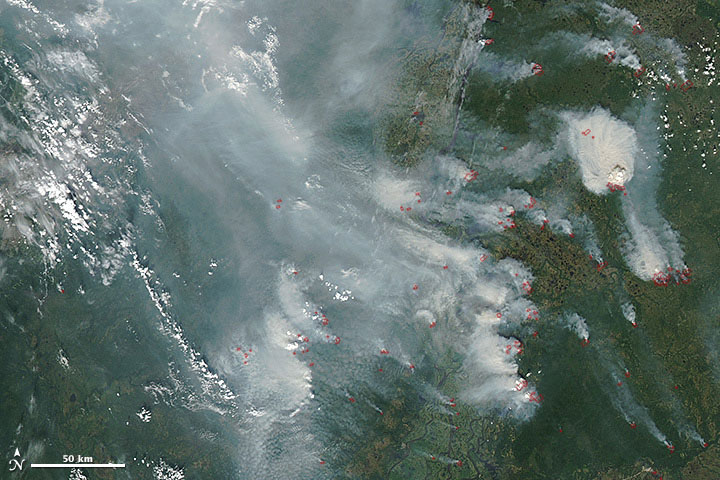TORONTO – In 2012, Siberia experienced one of its worst wildfire seasons in recent history. It looks like 2013 might be heading in the same direction.

A blocking high – a weather pattern that blocks the jet stream from bringing rain-bearing weather systems – has settled over the area, leading to a heat wave. The northern city of Norilsk reached temperatures of 32 C in July. For comparison, the city’s normal high is 16 C.

Get breaking National news
The high temperatures are contributing to raging wildfires in the area. Because warm fuels burn more easily than cooler fuels, the heat wave has allowed older fires to continue to burn.
What’s more troubling is that the fires are burning farther north than they usually do. Siberian fires most often burn along the southern edge of the taiga forest, around 57 degree north latitude. These fires are burning near the 65 degree north latitude line.
Global temperatures are rising, but Russia has seen a dramatic rise. On average, since the mid-1970s, the global temperature has risen about .17 C per decade. In that same time, Russia has seen a rise in temperature of around .51 C.


Comments